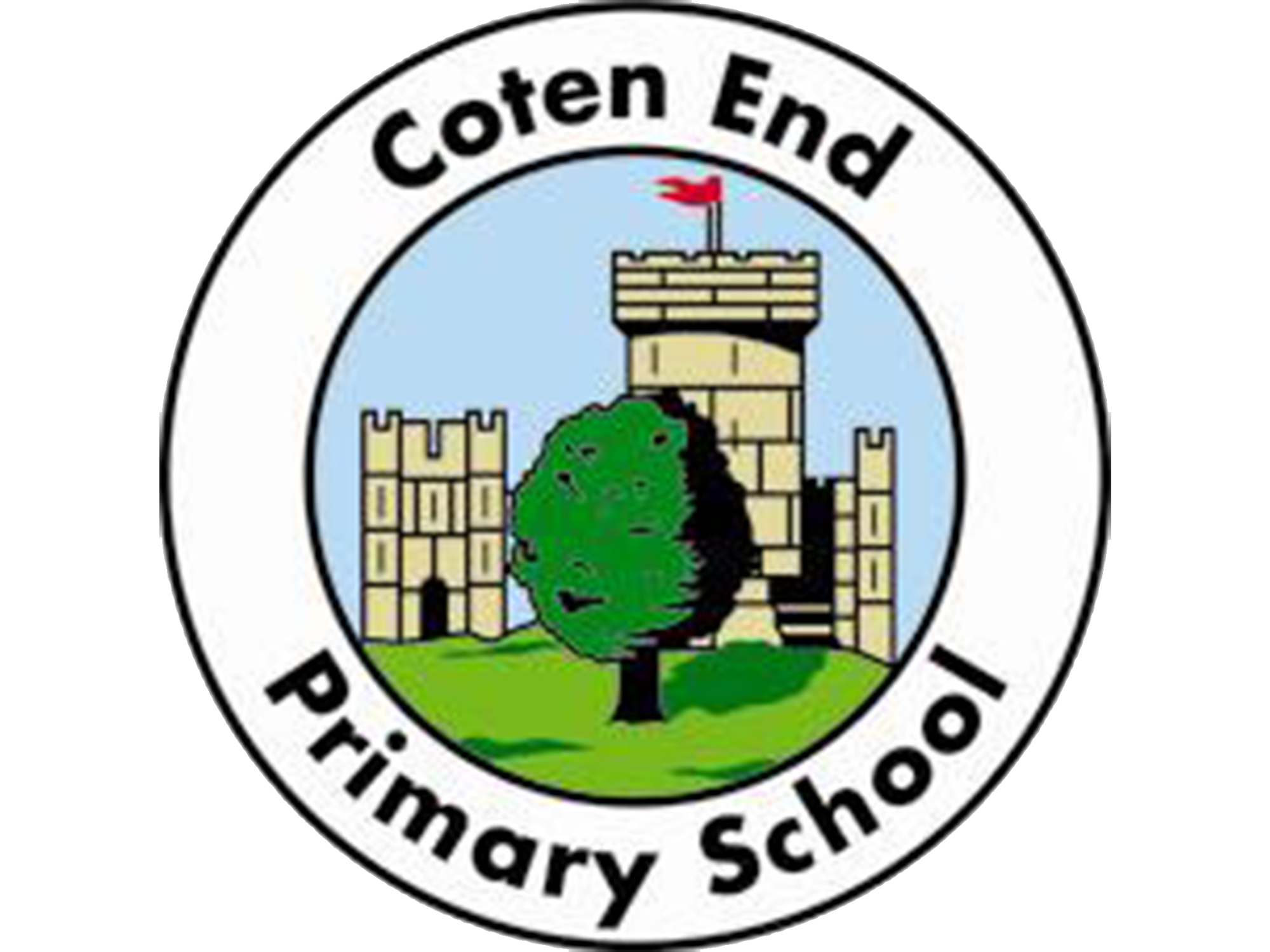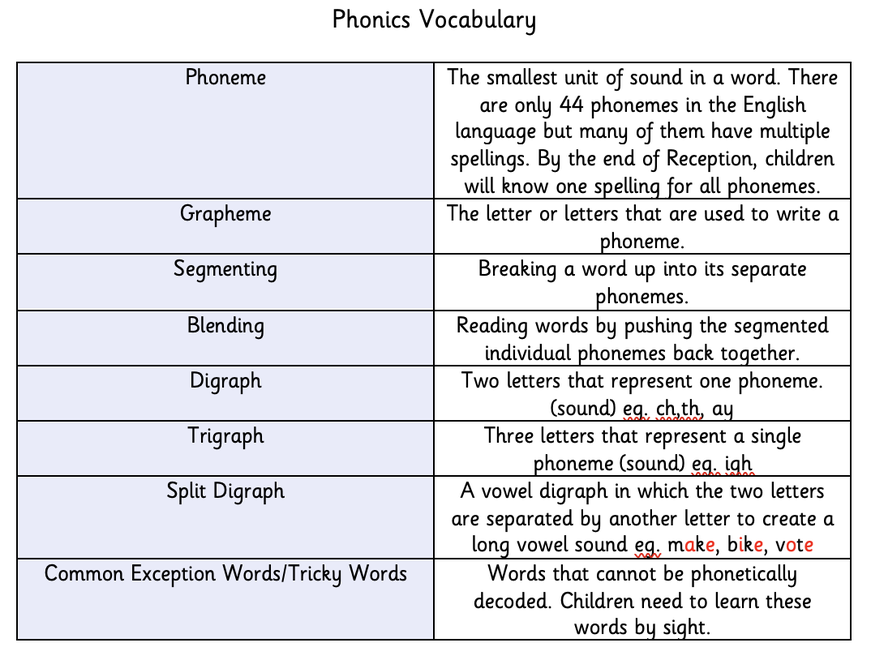
Coten End Primary School
Phonics
What is phonics?
Phonics is a way of teaching children how to read and write. It helps children hear, identify and use different sounds that distinguish one word from another in the English language.
Written language can be compared to a code, so knowing the sounds of individual letters and how those letters sound when they’re combined will help children decode words as they read.
Understanding phonics will also help children know which letters to use when they are writing words.
Phonics involves matching the sounds of spoken English with individual letters or groups of letters. For example, the sound k can be spelled as c, k, ck or ch.
Teaching children to blend the sounds of letters together helps them decode unfamiliar or unknown words by sounding them out. For example, when a child is taught the sounds for the letters t, p, a and s, they can start to build up the words: “tap”, “taps”, “pat”, “pats” and “sat”.
(National Literacy Trust)
Please see below for some useful information and documents regarding the teaching of phonics.

How is Phonics taught at Coten End?
- We follow a clear progression from Early Years to Year 2, with intervention programmes where needed in KS2.
- Phonics is taught every day in a rigorous manner
- Lessons follow the same structure and are split into 4 key parts:
|
1. Recap |
|
2. Teach/ Learn |
|
3. Practise |
|
4. Apply |
- We use a well-known resource called Jolly Phonics
- This support children's reading and retention of sounds as it teaches actions within a song
- These actions are purely for reading the sound
- The teaching of 'pure sounds', meaning the correct pronunciation of each sound, is essential. Please see the video below for further support.
- Alongside the reading action, we teach children a rhyme to support letter formation
- Letter formation is absolutely crucial to support the development of their writing skills throughout the school. Please see 'Writing' tab for more information
What are “Decodable words”?
- Children are taught to use specific hand actions and 'sound buttons' to enable them to identify the sounds within words (segment) and then blend together to read. Words that can be segmented and blended as known as 'decodable words'.
What are “Tricky words”?
Tricky Words or Common Exception Words are words that cannot be ‘sounded-out’ but need to be learned by heart. Each phonic phase within our progression, has tricky words which the children are taught. They don’t fit into the usual spelling patterns and in order to read simple sentences, it is necessary for children to know some words that have unusual or untaught spellings. We constantly revisit these words in order to ensure they become part of children's 'sight vocabulary'.
Below are some useful links for supporting phonics learning at home.
-
Spelling Shed
Children will have a Spelling Shed login from Year 1